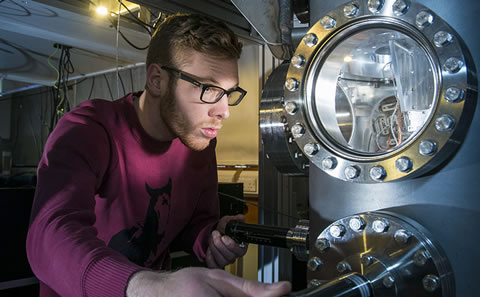
Your typical week
What will your week be like as a physics student at Southampton? Learn about lectures, tutorials, problems classes, and clubs and societies.

What will your week be like as a physics student at Southampton? Learn about lectures, tutorials, problems classes, and clubs and societies.
Study a flexible degree with module choice in every year of study. From general relativity to the evolution of the Universe, you can explore the topics that interest you most.
Search our degrees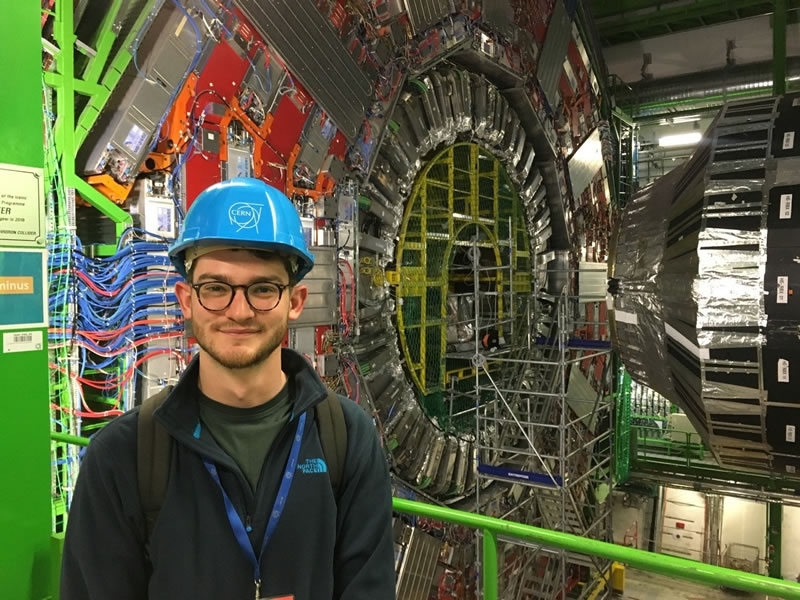
My time at CERN was incredibly exciting, challenging and busy.
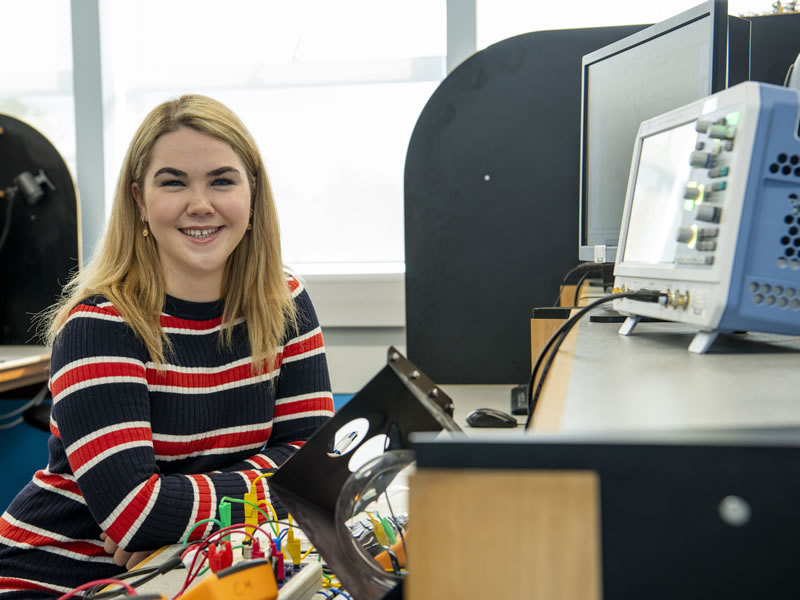
Discovering a love of ballroom and Latin dancing.
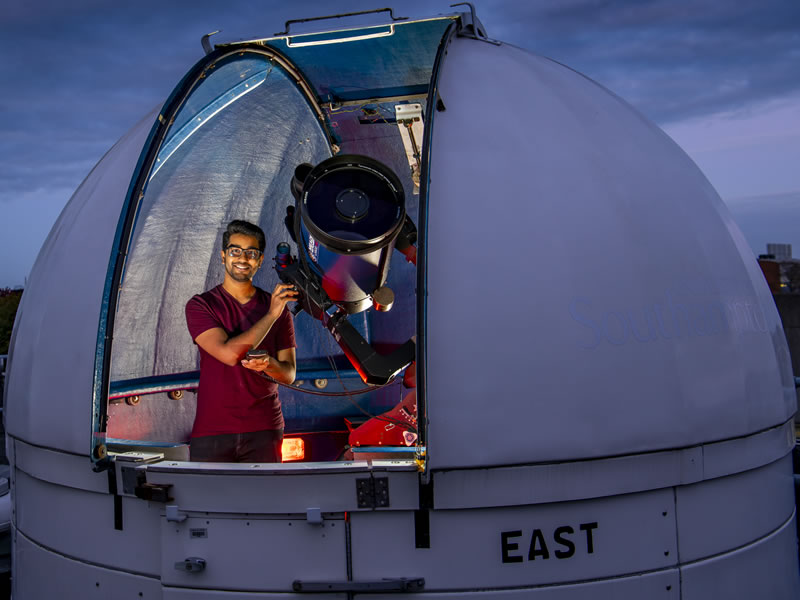
A highlight of my time at Southampton was the astronomy field trip to Tenerife. I was also selected for the year abroad scheme to the Harvard-Smithsonian Center for Astrophysics.
Study a flexible degree with module choice in every year of study. From general relativity to the evolution of the Universe, you can explore the topics that interest you most.
Search our degrees
What will your week be like as a physics student at Southampton? Learn about lectures, tutorials, problems classes, and clubs and societies.
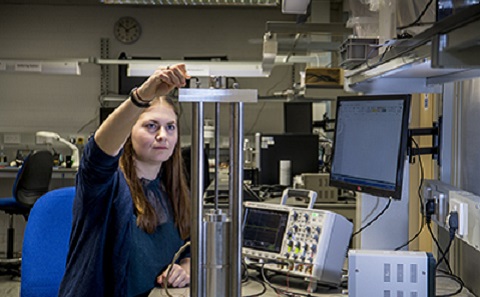
One of the great things about choosing to study a physics degree is that it opens up a huge range of career options when you graduate.